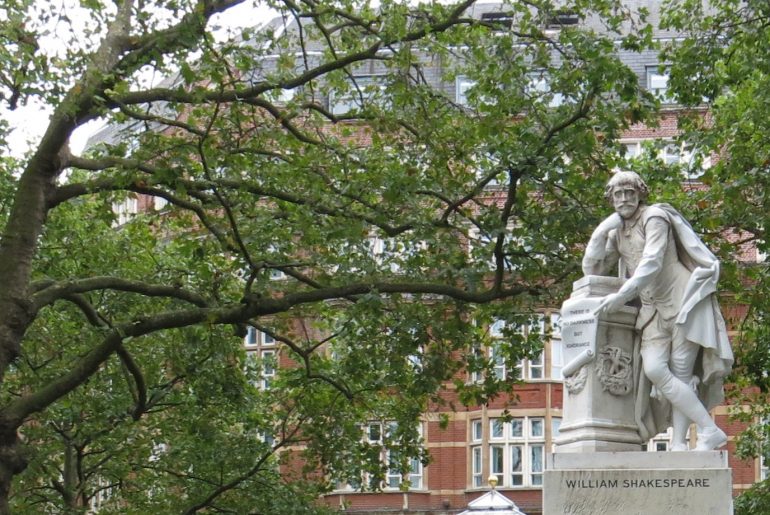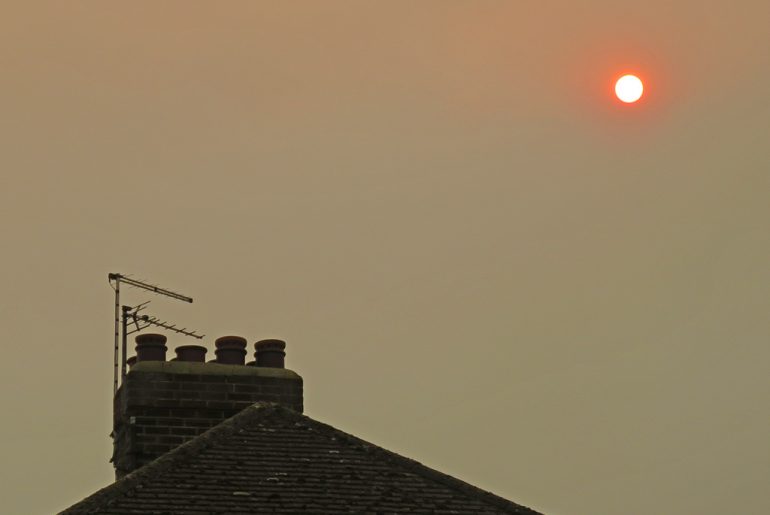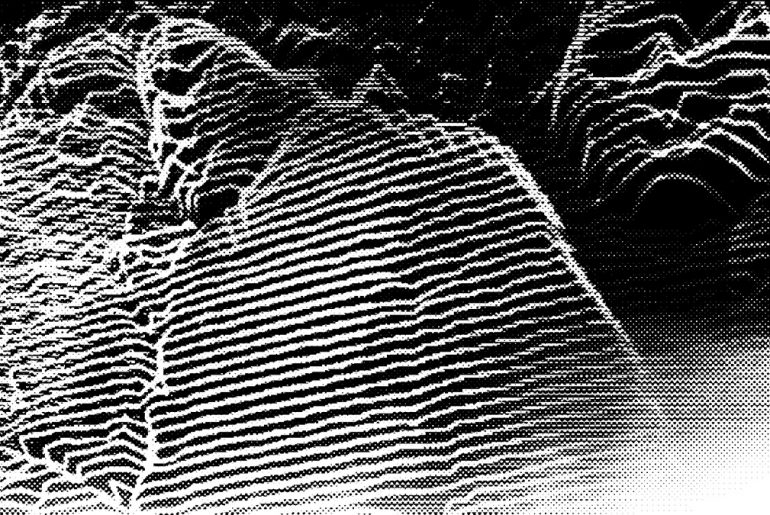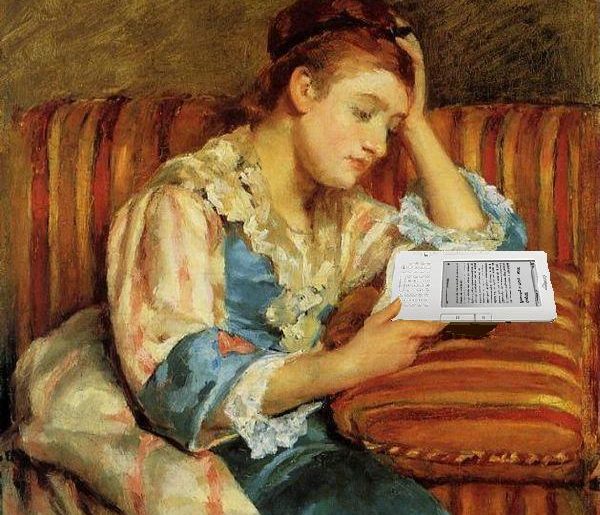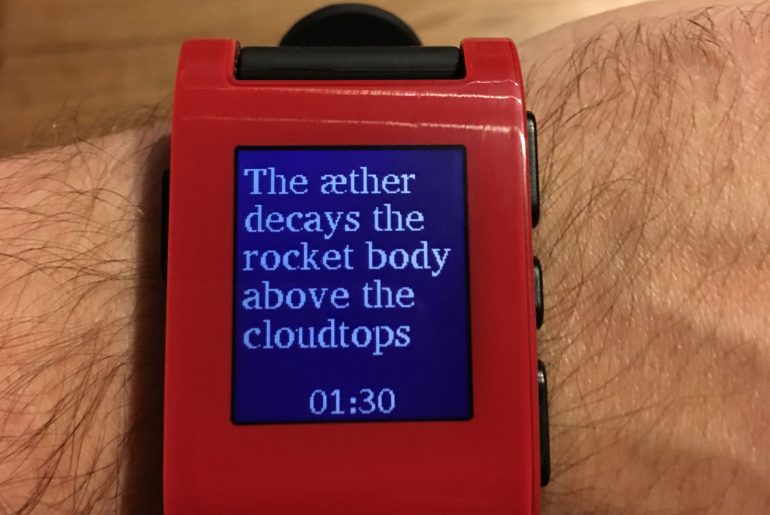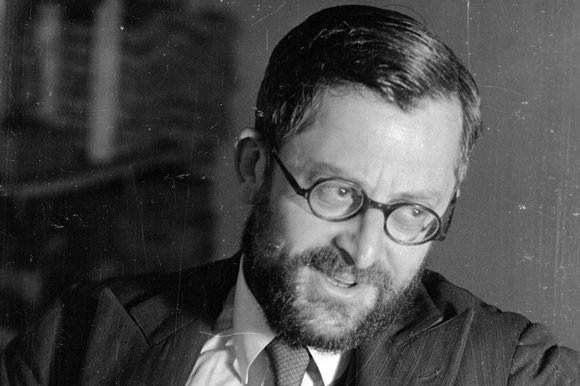This British Airways ad campaign from a few years ago presented digital images of children that were designed so that it appeared that they were noticing and pointing to real life airplanes as they passed over the billboard. Viewed from the right angle, the custom “surveillance technology” (probably relying in part on ordinary flight schedule data) that BA’s advertising company employed was able to mimic a child delight at something passing in the sky overhead. While they’re not “literature” (at least by most definitions, though maybe Lew Welch would disagree), these ads nevertheless showcase the kinds of evocative possibilities that are enabled by using data flows and sensor networks. Of course, what remains central to these, no matter the technologies involved, is the way in which they tap into existing cultural forms and practices (billboards, the image of childhood delight, the way that planes fly overhead) in order to create…
Peeling Back the Layers
I experience our second work of ambient literature, The Cartographer’s Confession by James Attlee, on a busy Saturday afternoon by the Tate Modern on London’s South Bank. Around me, crowds gather around street performers, who are spray painted silver and contorted into impossible-looking positions, a long queue leads a neon pink ice cream van and a group of teenagers perform a choreographed dance routine in front of the river. Among all this activity, I sit by myself on a bench, put in my headphones, and begin the app downloaded onto my phone. I am soon transported to 1945 and a crackling audio recording recounts the arrival of Thomas and his mother, Ellen, to London on a ship loaded with timber. As I am given fragmented details about the characters, they flicker as though not yet in focus. I am here, sitting on this ordinary bench, but another story is emerging. I begin to…
“Entanglement”
“Entanglement” is probably my favourite theoretical term at the moment. I write and teach, most frequently, about humans and their artefacts, about the ways in which we become entangled with our tools, and my sense of the intensity of that idea has deepened as I’ve explored it in work from philosophy, cognitive science, sociology, critical theory, anthropology, and archaeology. To be entangled doesn’t just mean that we use things a lot, and it doesn’t mean, just, that we’re shaped by the things that we use. To be entangled is to recognise that the flow of agency moves both ways – we alter our tools as our tools alter us; we domesticate one another. We see these kinds of entanglements in nature all the time, with parasites, symbionts, and predator-prey relationships. In my book, I draw on the work of Henry Plotkin and his example of the stick insect, a creature…
In Process
The work I’m creating for this project is a ghost story. Even while I type this piece, the boundaries of the story are shifting and changing as the design and development teams and I negotiate our way forward toward the finished product which, to me, is proving as elusive and mysterious as a ghost itself might be. The dead are all around us — those we never met, those we’ve lost, those we mourn. Earlier this week I attended a family funeral. We saw her off in a willow casket at the plain municipal crematorium and, later, we gathered together in her church, a 17th century stone chapel and bell tower on a hill in Sussex. In that building, the dead are all around — their names carved into stone plaques and memorials, their portraits on the walls, their bodies buried in the tombs and grassy graves outside. The church…
I See a Darkness
And many times we’ve shared our thoughts But did you ever, ever notice The kind of thoughts I got (1) Ambient Literature launched the second of our commissions this week in London. The Cartographer’s Confession, written by James Attlee, is a very different piece of Ambient Literature when considered alongside It Must Have Been Dark By Then, which for a research project interested in consolidating forms for writing, and exploring what might be possible in this space we’re defining, is a positive thing. If I was to make a very broad comparison, then Duncan Speakman’s work addresses the Ambient in our title, while The Cartographer’s Confession has ambitions toward the Literary (2). James was kind enough to agree to an “in-conversation” discussion with the journalist Thomas McMullan during the launch event. We’ll post the audio of that discussion soon, but the richness of that dialogue made me think about the kind…
Lost in a Book
I’m a digital reader. So are you. But even though I’ve been reading texts on — off? — screens since the distant days of Ceefax and the ZX81, until this past summer I’d never actually read a book on a Kindle. I should clarify. I have had books downloaded on a Kindle app on my iPad for a few years now — mostly digital copies of texts I teach as that makes it easier to search and to copy-and-paste — and I did once use my iPad Kindle app to read most of a book about business finance. (It is, and was, a long story.) But that wasn’t really reading. What I mean is the kind of reading you reserve for stories: the reading you do curled up on the sofa on a wet Saturday afternoon or sprawled on a foreign beach; the reading that draws you in, that takes you away, that let’s…
The Reality of Multitudes
What thoughts I have of you tonight, Walt Whitman, for I walked down the sidestreets under the trees with a headache self-conscious looking at the full moon. In my hungry fatigue, and shopping for images, I went into the neon fruit supermarket, dreaming of your enumerations! What peaches and what penumbras! Whole families shopping at night! Aisles full of husbands! Wives in the avocados, babies in the tomatoes!—and you, Garcia Lorca, what were you doing down by the watermelons? Allen Ginsberg, “A Supermarket in California” One of the biggest questions for the Ambient Literature project has been how these novel works of ubiquitous and technologically-driven literature function as they encounter the really existing conditions of readers’ everyday lives. As literary works that only really exist as they are activated by a reader’s engagement with the text as it functions in concert with the context within which they are experienced, it’s…
The Spaces Between
This summer, many of the ambient literature team travelled to conferences and seminars to share our initial findings and to find out what researchers, writers and artists in similar fields to us have been working on. In July, I travelled to Porto for the Electronic Literature Organization conference and among the panels, keynotes, performances and exhibitions I was able to develop my own thinking around ambient literature. In particular, I learned about two interesting, and very different, projects that both explore the relationship between people and place and bring a reader’s attention to the spaces in between. I learned about the work of Xiaosu Guan from State University New York Buffalo, USA, and her project, Not There There. Using augmented reality video layers, this installation examines the relationship between people and place through storytelling. Upon entering a bedroom, in an ordinary apartment, participants are given one of three iPads and are…
7 Types of Digital Ambiguity
I want to pick up on a discussion I started in February of this year that explored my attachment to the idea of ambiguity in the context of ambient literature. It’s clear that the category of the ambient has lack of definition, a certain fuzziness as a key quality: flat fields where figure and ground merge and distinctions are dissolved. I want to make a move here from this lack of definition – understood as either aesthetic advantage or critical problem – from fuzziness to ambiguity, where ambiguity is understood as an aesthetic tactic in interaction: a central quality of the appeal of what we propose as the new field of ambient literature experiences. The ambient is here is far from a retreat from discursive production, it’s a deliberate creative strategy of ambiguity drawing readers/ listeners users into an interaction and awareness of the systems that they inhabit and co constitute…
Porous Does Not Mean Leaky
As we approach (more or less) the half way point in our research project, something other than the passage of time and available funding has been on our minds. Something more fundamental to the project itself. Duncan Speakman’s It Must Have Been Dark by Now launched last week (and, all things being equal, will be coming to a library near you sometime in the next six months — details to follow) and we held our mid-point Symposium. What was on our mind was stating, or trying to state, what it was we meant by Ambient Literature. We’ve been necessarily vague about this in the last year, partly because of the nature of a project that knows it draws on an existing canon of work (which means we’ve been careful about the borders of our study) and the uncertainty about what we mean by this. Is it a genre? A narrow…



